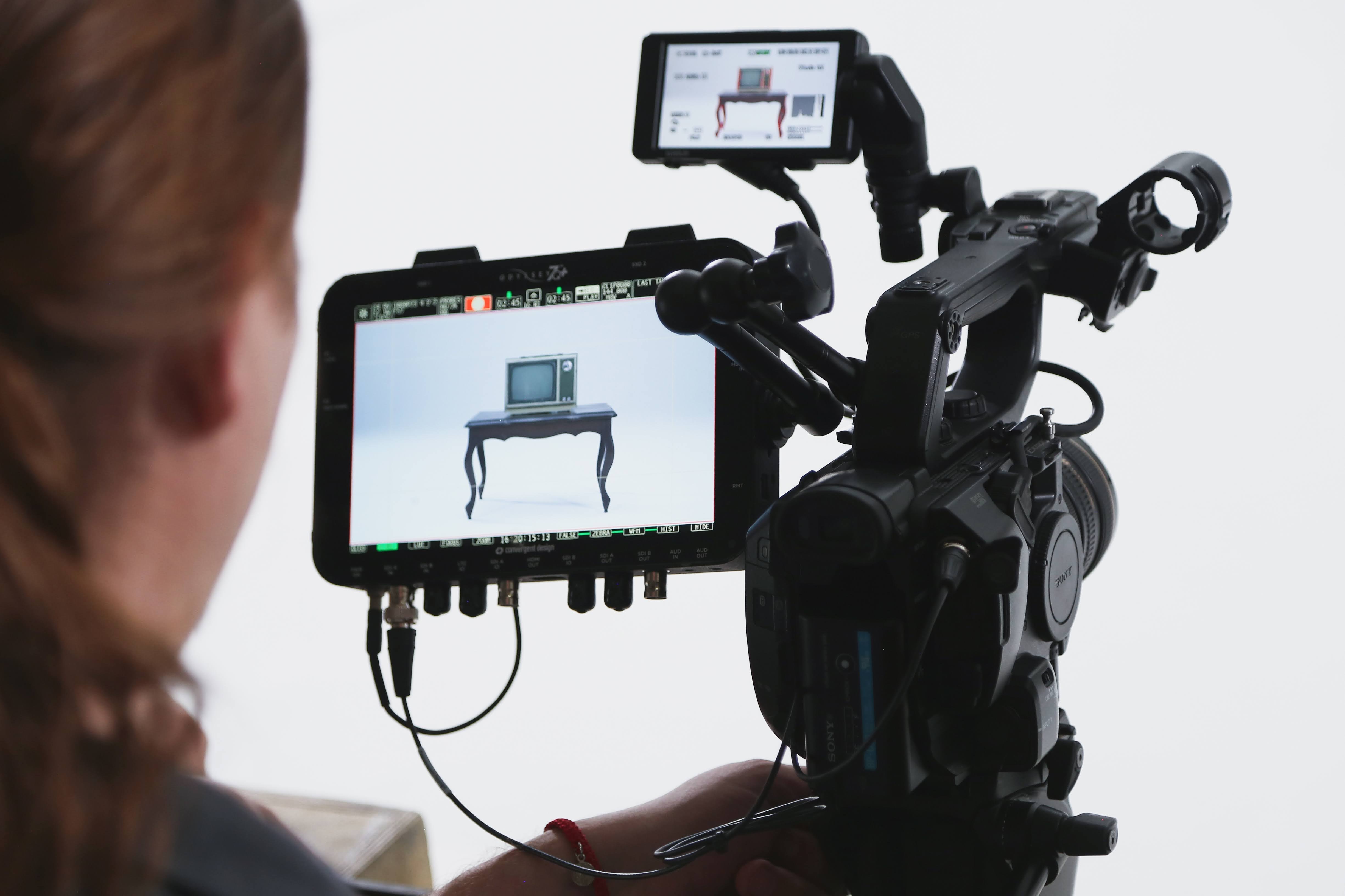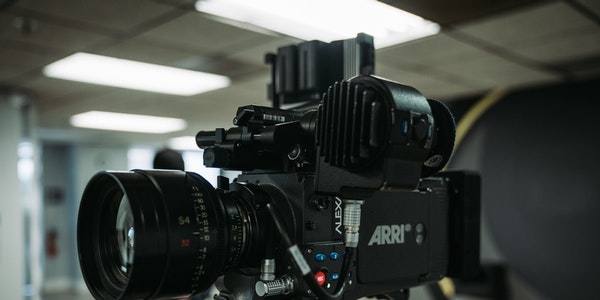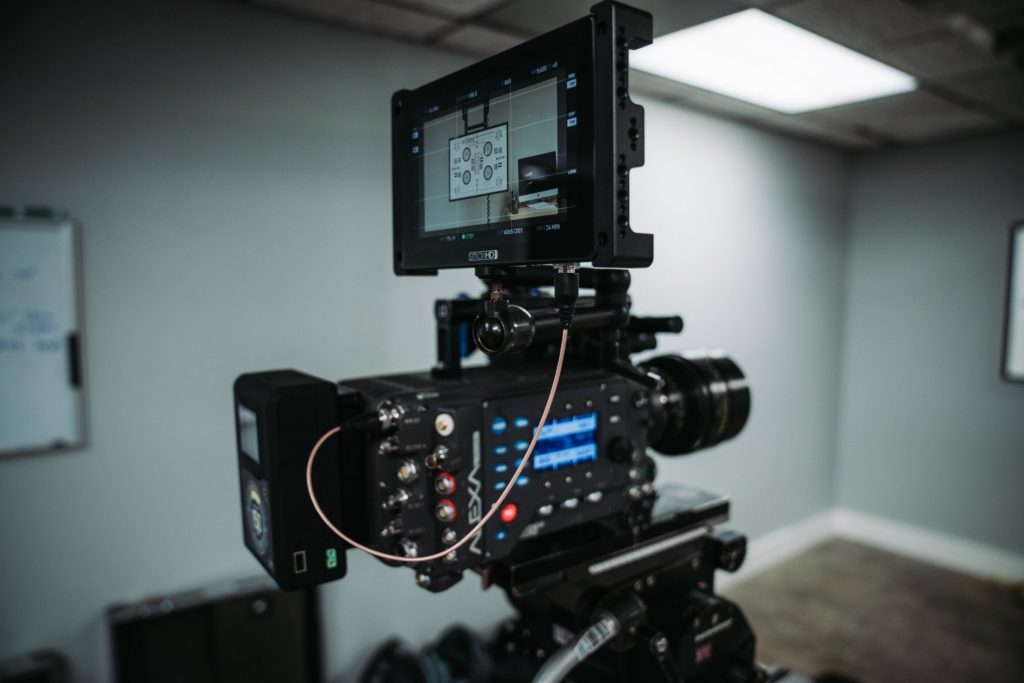Table of Contents
Application of digital technology in film and television production
Scientific development has led to the advent of the digital age, and digital technology has emerged and is widely used in film and television production. The author has searched and sorted out the application of digital technology in film and television production for everyone. Welcome to refer to and read. I hope it will be helpful to everyone.
Digital technology provides a new set of production methods and production tools for film and television production. Its powerful fiction and simulation capabilities have led to the possibility of ever-expanding visual effects, greatly simplifying the production process of film and television works, and better expressing the creative intentions of creators, so that film and television works can more fully express the personality of the creators. So as to provide a broader production space for film and television production staff.

The role of digital technology in film and television production
1. Digital technology makes the film and television production process more perfect
Digital technology has entered various fields of film and television production, providing a new and vast space for the creation of film and television art, greatly enriching people’s imagination, and improving the efficiency and flexibility of film and television production. In particular, the use of digital technology with non-linear processing mode makes the pre- and post-processing work of film and television easy and flexible, turning the traditional manual labor-based film and television production into a mouse and keyboard work mode, which perfectly changes the work of film and television production. The level of craftsmanship.
2. Digital technology has enriched the expression of images
The manifestations of film and television art are images and sounds. Image is one of the most important ways of expression in film and television art. The traditional method of acquiring images is through the use of camera photography, plus some model special effects, printing and synthesis and other technical means to obtain. Although there are many beautiful works in traditional film and television works, with the advancement of science and technology and the development of the times, people’s ways of thinking and concepts have also undergone great changes. Traditional film and television expression methods and methods can no longer satisfy people. Requirements for film and television art.
Film and television production involving digital technology can obtain lifelike images, simulate real environments, and achieve technical expressiveness that is difficult to achieve by traditional methods, which greatly enriches the means of film and television expression.

Application and embodiment of digital technology in film and television production
1. The digitization of video footage
The popular application of non-linear editing system and computer synthesis technology enables scenes in film and television shots to be synthesized by countless image elements that are independently picked up, recorded and processed, which greatly broadens the creative imagination of the production staff.
Many video footages are taken through real shots, and then collected with capture equipment to become digital video footage. These digital video footages are easily copied, edited, synthesized, and processed with special effects; and some video footage is created from beginning to end. The staff is created through different editing software.
These materials can be static materials such as graphics and images, dynamic materials such as animations and videos, or sound materials. These materials can be digitized by shooting, collecting or scanning, and then made into various effects through graphics and image processing software.
Some materials can even be created by oneself, and self-creation can be realized completely according to one’s own imagination, and can make full use of the integrated functions of the graphics and image processing software used.
With the development of digital audio technology, digital audio workstations have become specialized computerized hard disk recording systems. The system can realize audio editing and processing functions, support processing long samples (the file size is only limited by the size of the hard disk), and can randomly access and edit.
The audio material is recorded on the hard disk, and the lossless editing will not affect the effect of the original recording file. At the same time, it also supports DSP digital signal processing, which can edit a fragment or the entire audio sample.

2. Digitalization of video footage storage
With the development of storage technology, computer technology and network technology, the processing methods of digital video and audio materials such as video and audio are constantly updated. The sound, video and images originally recorded on film and tape will gradually be stored in digital storage such as hard disks. On the equipment, the storage of conventional films and tapes is turned to data hard disk storage, and video tape recorders are gradually replaced by digital video recorders.
3. Digital image processing technology
Digital image processing technology refers to the processing and processing of the images actually shot by the camera or the screen created by the computer through computer software to realize the technology of film and television production. This technology includes image color processing, picture texture synthesis, picture shape change and so on. Through the image processing technology, it is also possible to remove the protective measures such as steel wires and soft cushions required for shooting special effects and the extra pictures that accidentally enter the lens.
4. Film and television synthesis and digitalization
This is the more complicated part of film and television production. In the process of film and television production, image synthesis occupies a very important position. It is a process of mixing various original materials through special effects. Various synthesis techniques such as keying, superimposition and color channel synthesis have been applied in film and television production.
Digital video synthesis uses advanced computer imagery principles and methods to digitize a variety of original materials through special collection equipment, and use computers to synthesize these digitized materials into final works, and then output them to storage devices. The picture effect is much better than the traditional optical synthesis method.

Digital technology needs to be improved in film and television production
1. Production efficiency can be further improved
At present, although the audiovisual information obtained by the camera has been digitized, it is basically the use of video tape to record the audiovisual signal, while the digital editing system uses the hard disk to store the audiovisual material, so when editing and producing the program, the material must be loaded from the tape to the On the hard disk, download the program to the video tape after editing and production.
Because the current broadcast is basically tape broadcast, which makes digital non-linear editing and production still unable to get rid of the tape recorder. Since magnetic tape is a linear record carrier, this property determines the low efficiency of collecting materials and downloading and outputting programs. Even if high-speed uploading and downloading can be used, it is only “a temporary solution but not a permanent cure”. The uploading and downloading process will still affect the efficiency of digital nonlinear editing.
With the development and progress of digital technology, some video manufacturers have developed and introduced digital hard disk (or CD-ROM) cameras. After shooting, install the hard disk into the non-linear editing system and then edit directly. This fundamentally solves the problem. The problem on downloading.
But compared with magnetic tapes, hard disks still have a certain gap in mechanical structure stability, capacity, price, and ease of carrying. Record carrier technology still needs to be continuously improved to further expand the application of digital disc-based video recorders, and gradually replace tape-based carriers with disc-based carriers to achieve the unification of the front and later stages, and fundamentally improve the efficiency of editing and production.

2. System stability and reliability need to be strengthened
Video digital production technology is based on computer software and hardware technology, graphics and image processing technology, and multimedia technology. Its performance is directly affected by the compatibility of computer system software and various board cards and other hardware.
Due to software compatibility issues and the matching issues of various boards, the digital non-linear editing system for film and television on the PC platform still has the phenomenon of crashes and illegal program interruptions, which affects the stability and reliability of the system.
In short, digital technology makes film and television production more independent and efficient, greatly expands the expressive power of the film and television industry in production technology and artistic methods, and enriches the ideas and concepts of film and television production. We need to learn more about digital technology, apply digital technology more to film and television production, develop more advanced production methods, and enable the film and television industry to develop more rapidly in the digital age.
